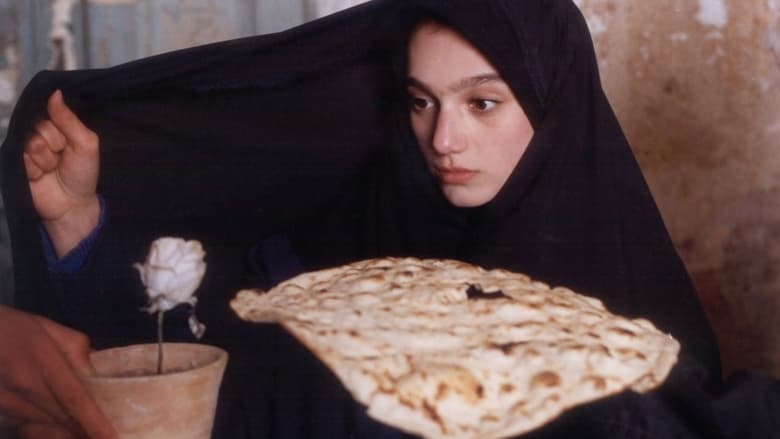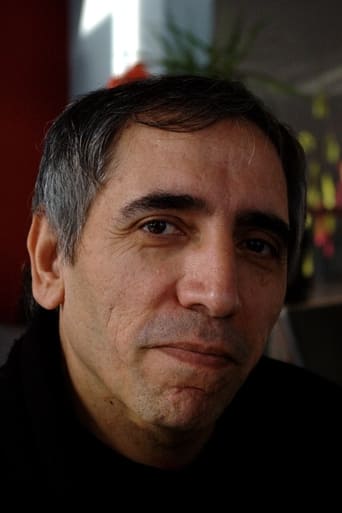A semi-autobiographical account of Makhmalbaf's experience as a teenager when, as a 17-year-old, he stabbed a policeman at a protest rally. Two decades later, he tracks down the policeman he injured in an attempt to make amends.


Similar titles

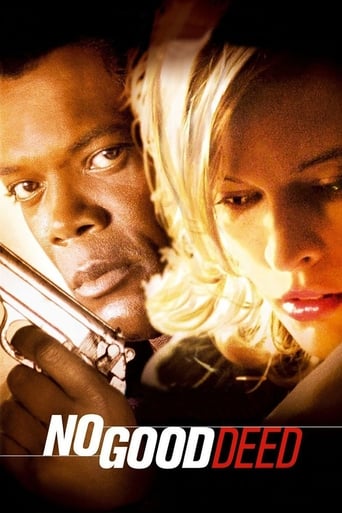
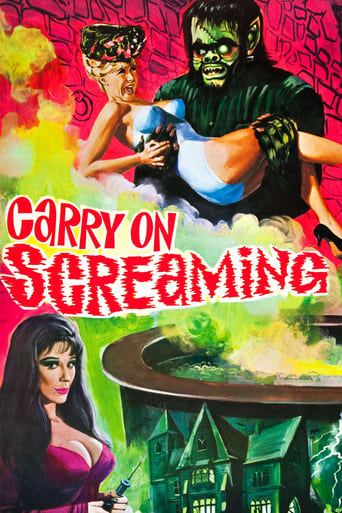
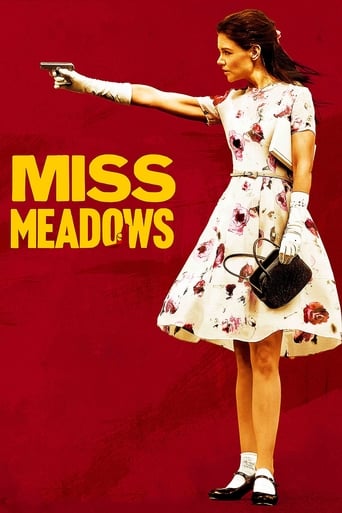

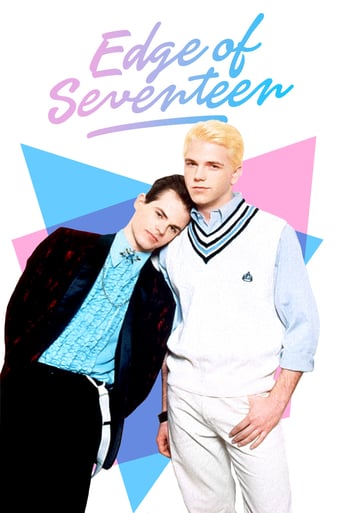

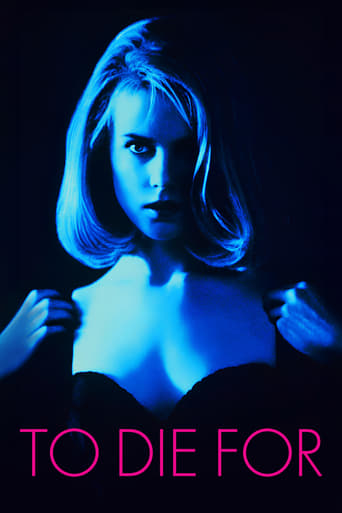
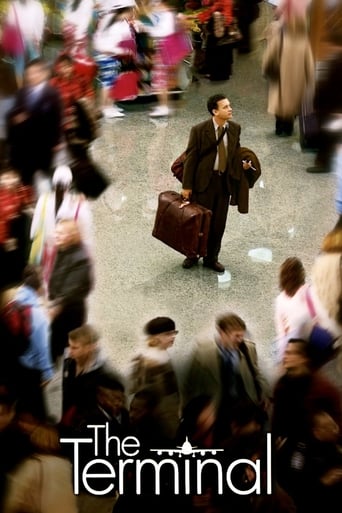
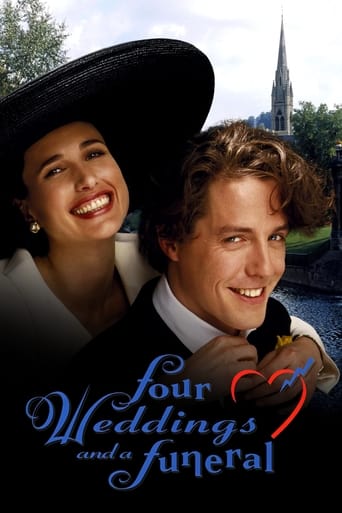
Reviews
Despite its technical flaws here and there, due to the (in)capabilities under which Iran filmmakers have to work -as I'm told-, it would not be an exaggeration to name this film one of the best of all times.While reflecting or hinting at several 'layers' of personal and social conflicts and dilemmas roaming the daily lives of the youth and eld, native and universal, of the present and the past as well with a striking and effective language; at the same time it makes the viewer laugh one's guts out with the natural and fluent comedy. I daresay Chaplin style.(Spoiler ahead) Aside from the magnificent bread and flower moment at the end, one of the best scenes is when the girl rushes into a watch repairer's shop filled up with hundreds of watches and clocks, asks the time and is answered "I don't know, these are all broken, we repair them here!" (Paraphrased.)Don't miss it.
There is absolutely nothing bad I can say about this film. I was lucky enough to attend a screening of this gem last night at the Alamo Drafthouse. The show was nearly sold out, for good reason.This film is about a real life experience that Mohsen Makhmalbaf had at the age of seventeen. When he was seventeen, he stabbed a police man while participating in a demonstration. He was imprisoned for five years. Twenty years after this event took place, he has made amends with the policeman he stabbed and is now making a film about this incident.The film is a work of art. It is beautifully shot, with no over the top camera work and editing. The film is masterfully directed and it is very humanistic. This film will probably prove to be one if the most important films in the history of cinema, especially to Iranian filmmakers. I would recommend this film to any and everybody.
This is the greatest among the dozen or so Makhmalbaf titles I have seen. I was stunned that a movie so thematically complex (politics, history, redemption, etc.) can be conveyed with a superb lightness of touch. When you watch it, you really feel like you're watching a comedy. Only gradually does the movie reveal its many layers, culminating in a final freeze-frame that might be the BEST in all of cinema. More people should watch this movie! (It's certainly a lot more fun than anything by Abbas Kiarostami - a man who is more of a moral philosopher than a film-maker per se).
The Iranian cinema is perhaps the most self-reflexive of all national cinemas. Though it owes much to the development of Italian neo-realism, the Iranian cinema today is not just an extension of its predecessor's concerns about cinematic truth but a formal inquiry of the nature of cinema and the "truth" that lies within and outside of art. Jacques Rivette's groundbreaking "L'amour fou" already sets the stage in 1968 when he investigated the symbiotic relationship betwen art and life by using two different film stocks, 16 and 35 mm., to represent "reality" as it unfolds in front and behind the camera respectively.In Moshen Makhmalbaf's 1996 masterpiece "A Moment of Innocence" twenty years separates a key moment in time and the recreation of it. The incident occurred when Makhmalbaf was only a youth who participated in an anti-Shah demonstration which led to the stabbing of a policeman and his imprisonment for the next five years. In an attempt to recapture this moment Makhmalbaf decides to a make a film within a film casting all the original participants (including the policeman) to play themselves as mentors to their younger selves, (i.e., actors) guiding and instructing them in the making of this "fictional" documentary.It is not surprising that non-professional actors are employed here to both maintain a semblance of reality and to keep cinematic distortion at bay. But paradoxically, the young non-professional actors chosen to play Makhmalbaf and the policeman of their youth are as similar as they are dissimilar from their counterparts, thus, setting the stage for exploring the many tensions that exist between past and present, art and life, cinema and reality. This type of casting not only blurs the line between fiction and reality but also the distinction between documentary and narrative filmmaking.The preoccupation with the phenomenological aspects of the cinema is as much the focus of this work as is the dramatization of the event leading up to the pivotal moment, then and now, reconstructed as a memory film as well as a product of the filmmaker's imagination to help correct an incident that only becomes clear to everyone involved after twenty years have elapsed. This celebrated moment which occurs at the end of film effectively captures the past by placing it in the present context much as if past and present suddenly converge and share the same space and time, thereby allowing us to see loss and recovery unfold simultaneously. That lost moment is now regained twenty years later through art's ability to heal and transform Makhmalbaf and his crew--thus altering the "reality" of life. The final shot is both life-affirming and referential because it so eloquently evokes the cinema's first prominent use of the freeze frame in Truffaut's "400 Blows"--if only to remind us just how far the cinema has come along. Like Truffaut's autobiographical based character Antoine Doinel the cinema has indeed grown up.

